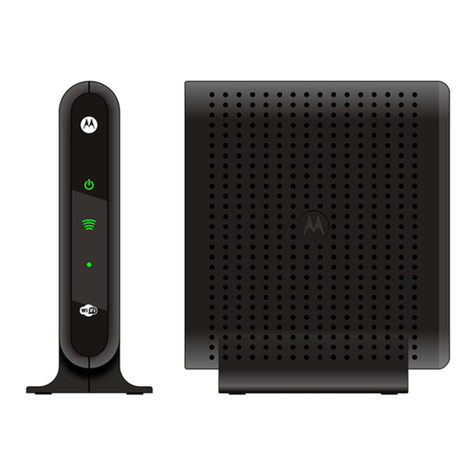Motorola M68MM01 User manual
Other Motorola Network Hardware manuals
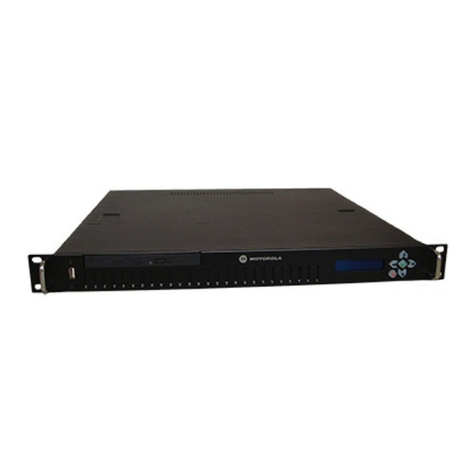
Motorola
Motorola SV-4250-P-1 - AirDefense Enterprise Appliance... User manual
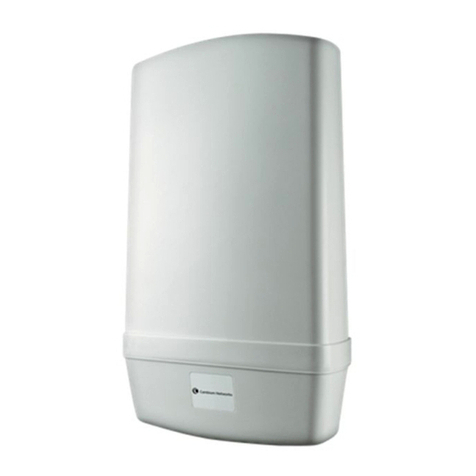
Motorola
Motorola PMP 400 User manual
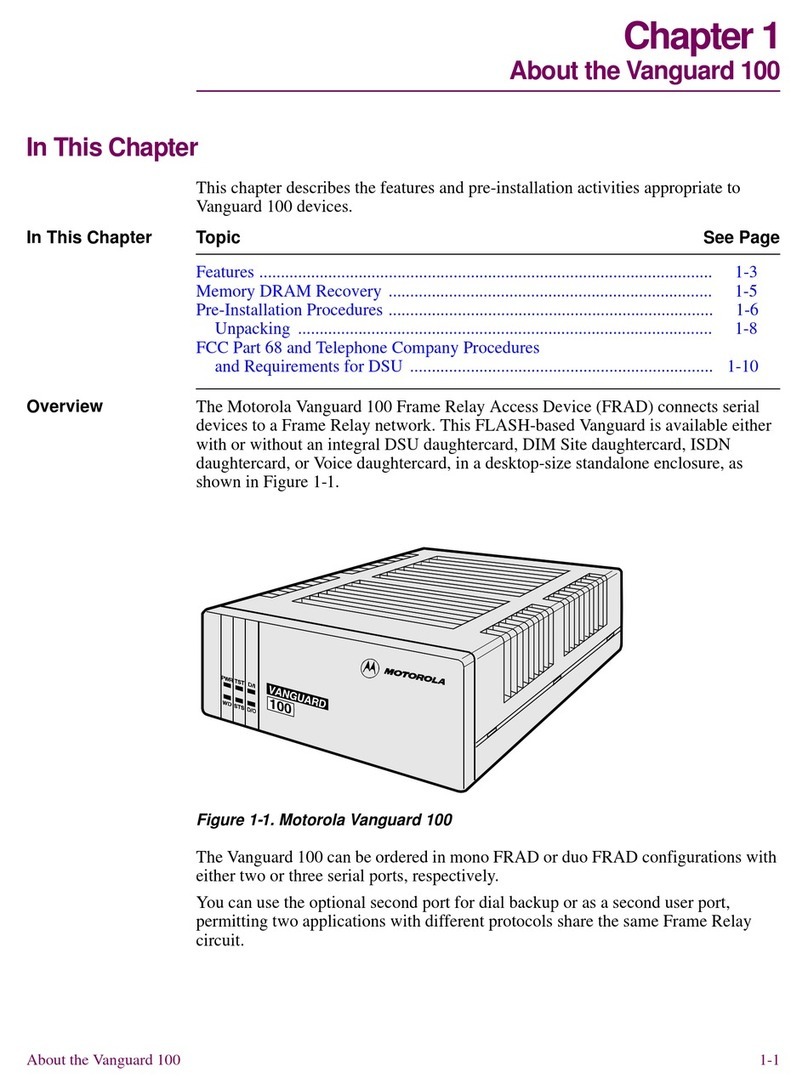
Motorola
Motorola 68436 - Vanguard 100I - Remote Access Server Installation guide

Motorola
Motorola DSP96002ADM User manual
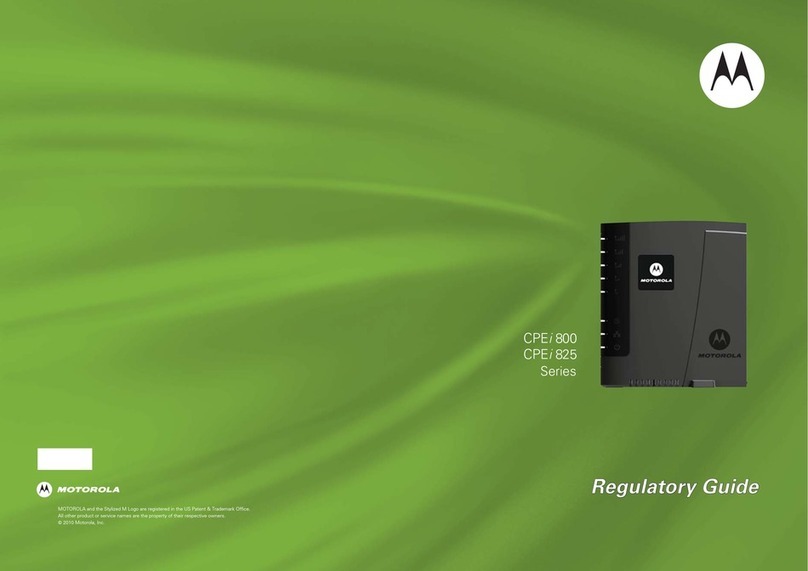
Motorola
Motorola CPEi 825 Series Owner's manual
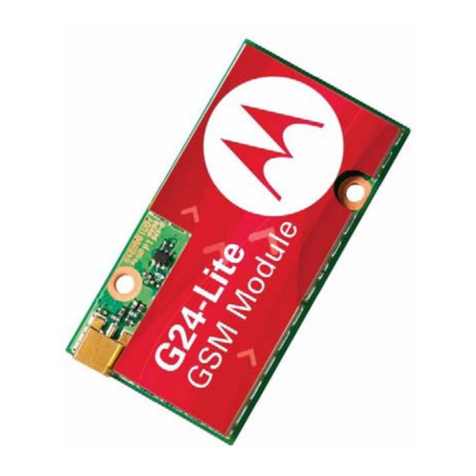
Motorola
Motorola AT Commands G24-L Instruction Manual

Motorola
Motorola WS200 User manual
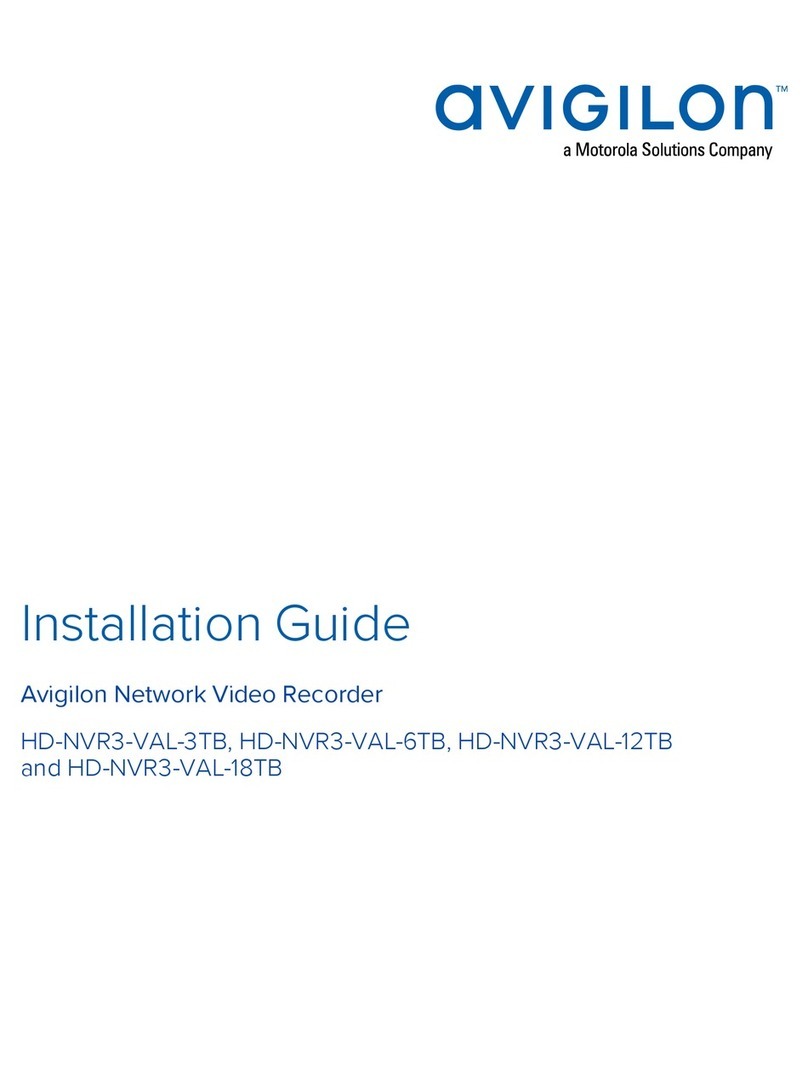
Motorola
Motorola Avigilon HD-NVR3-VAL-3TB User manual
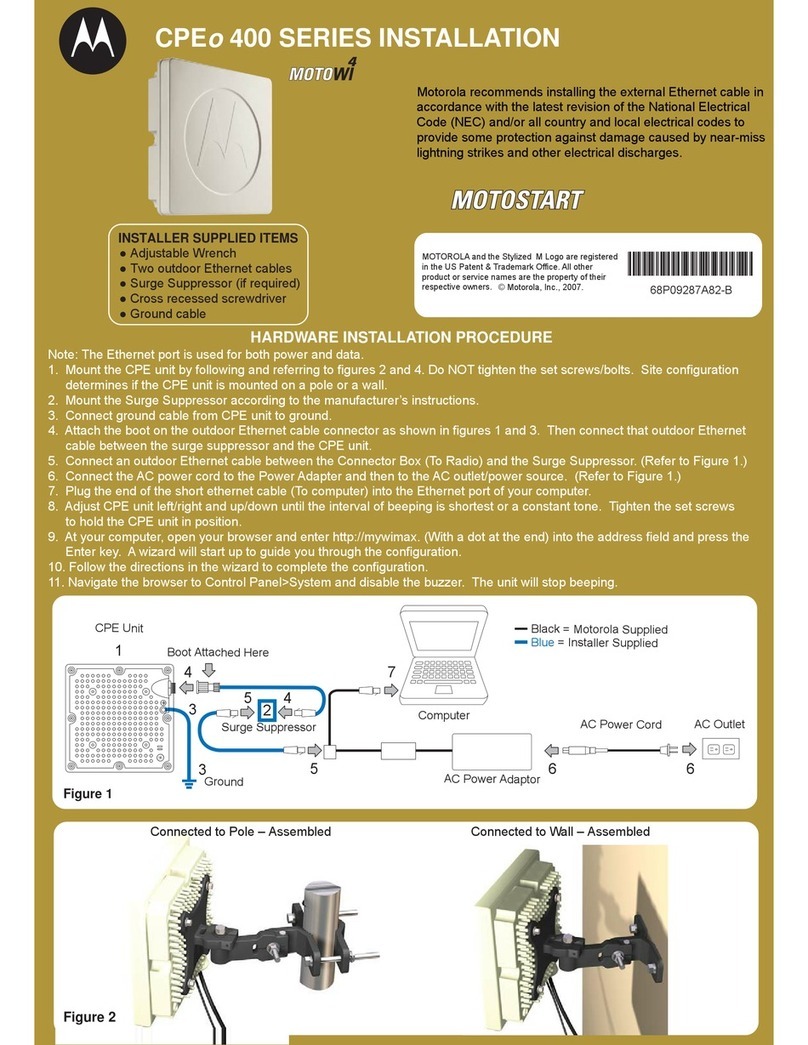
Motorola
Motorola MotoWI4 PTP 600 Series User manual
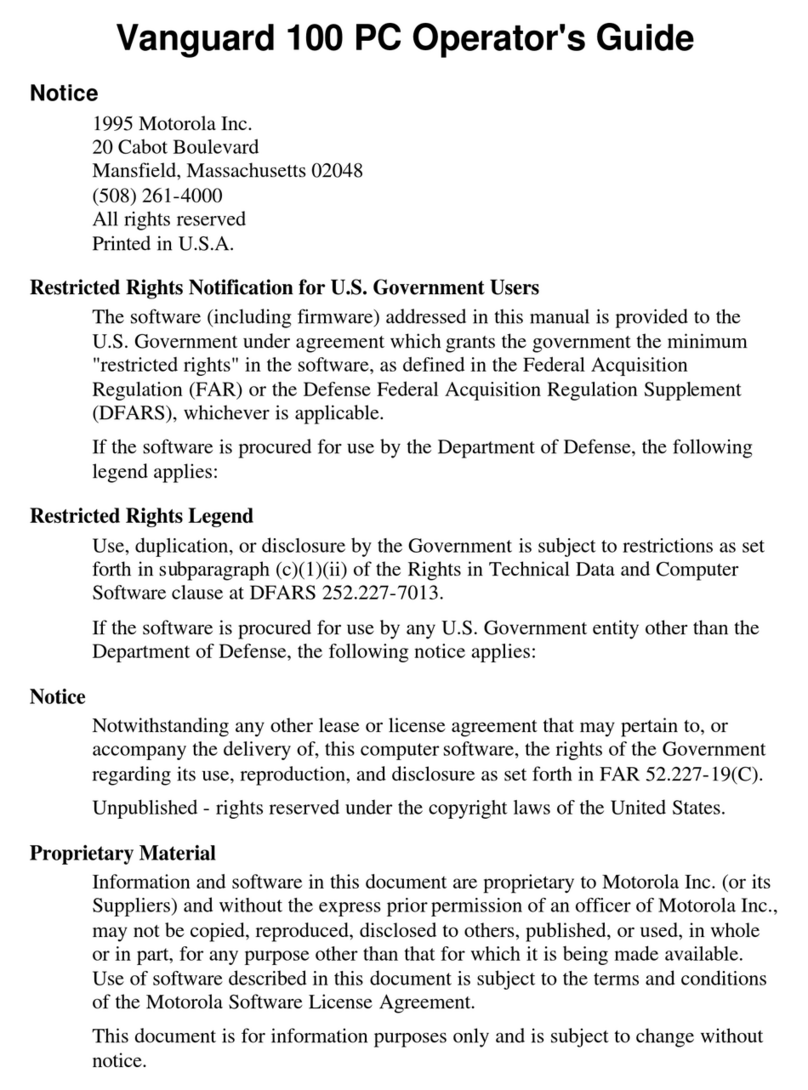
Motorola
Motorola 68436 - Vanguard 100I - Remote Access Server Manual
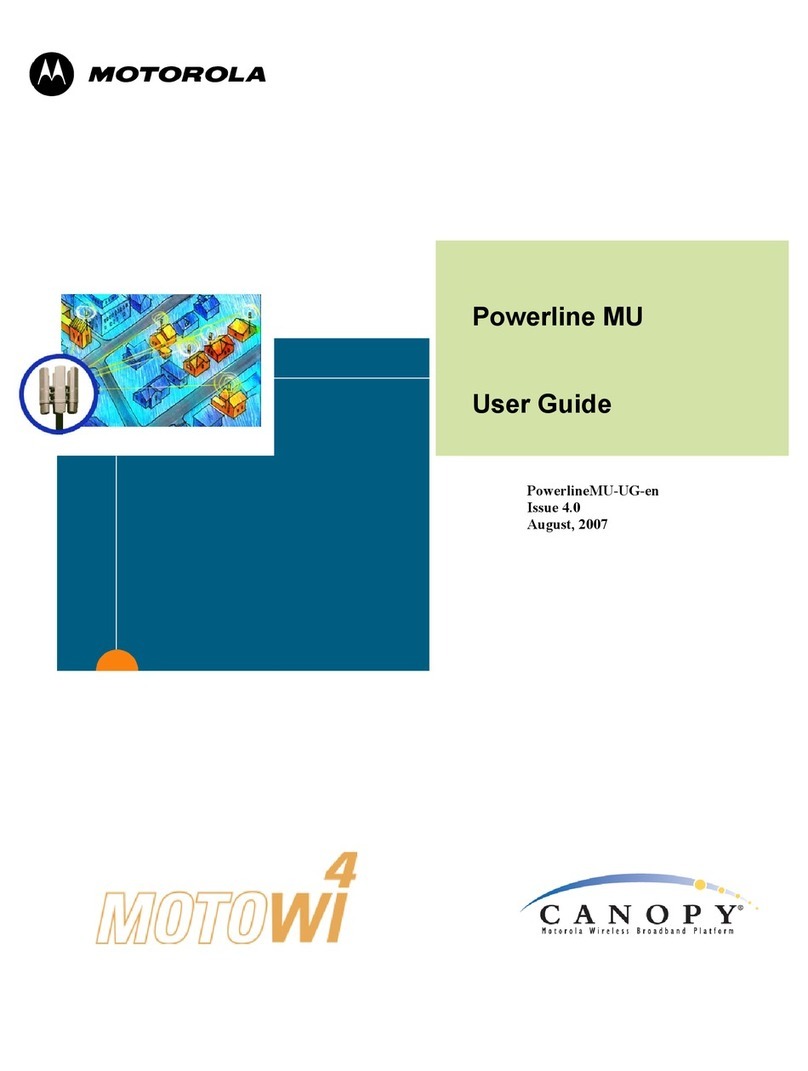
Motorola
Motorola Canopy Powerline MU User manual
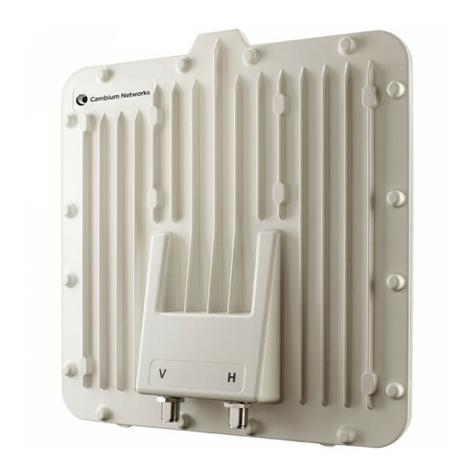
Motorola
Motorola 5701BHDD - Canopy PTP 58100 Lite User manual

Motorola
Motorola Avigilon HD-NVR4-PRM-64TB User manual
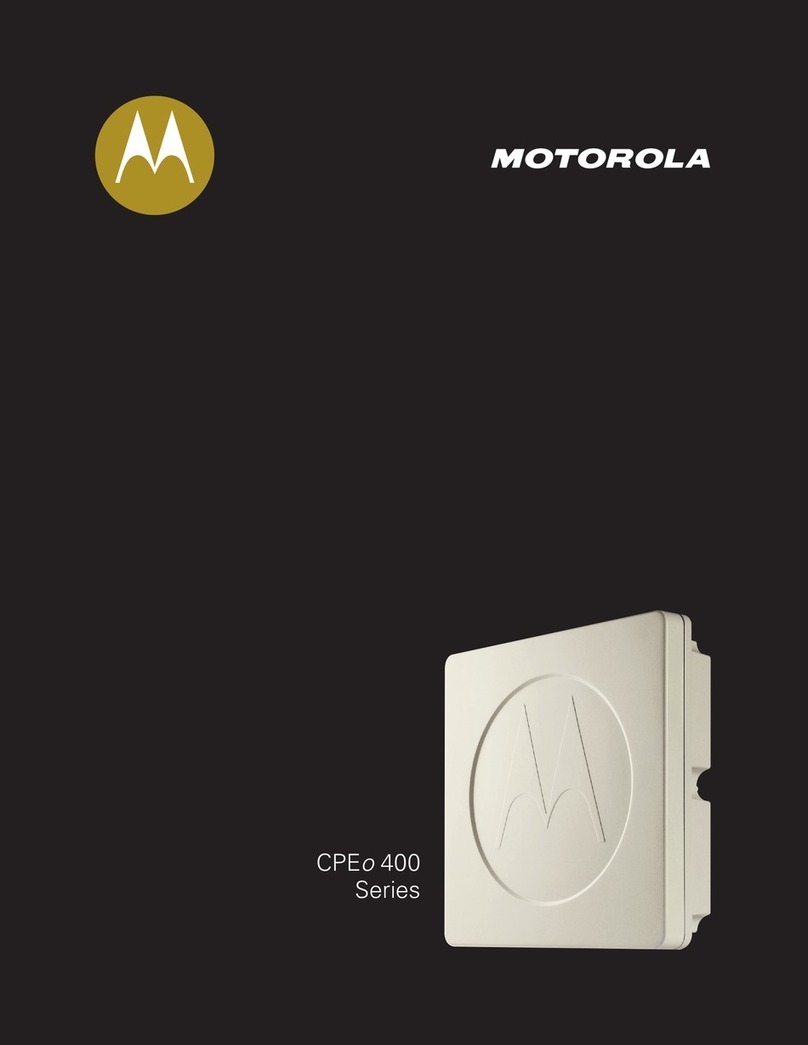
Motorola
Motorola CPEo 400 Series User manual

Motorola
Motorola Vonage VT2142 User manual

Motorola
Motorola SC 4812T-MC Manual

Motorola
Motorola CB3000 - Client Bridge - Wireless Access... User manual
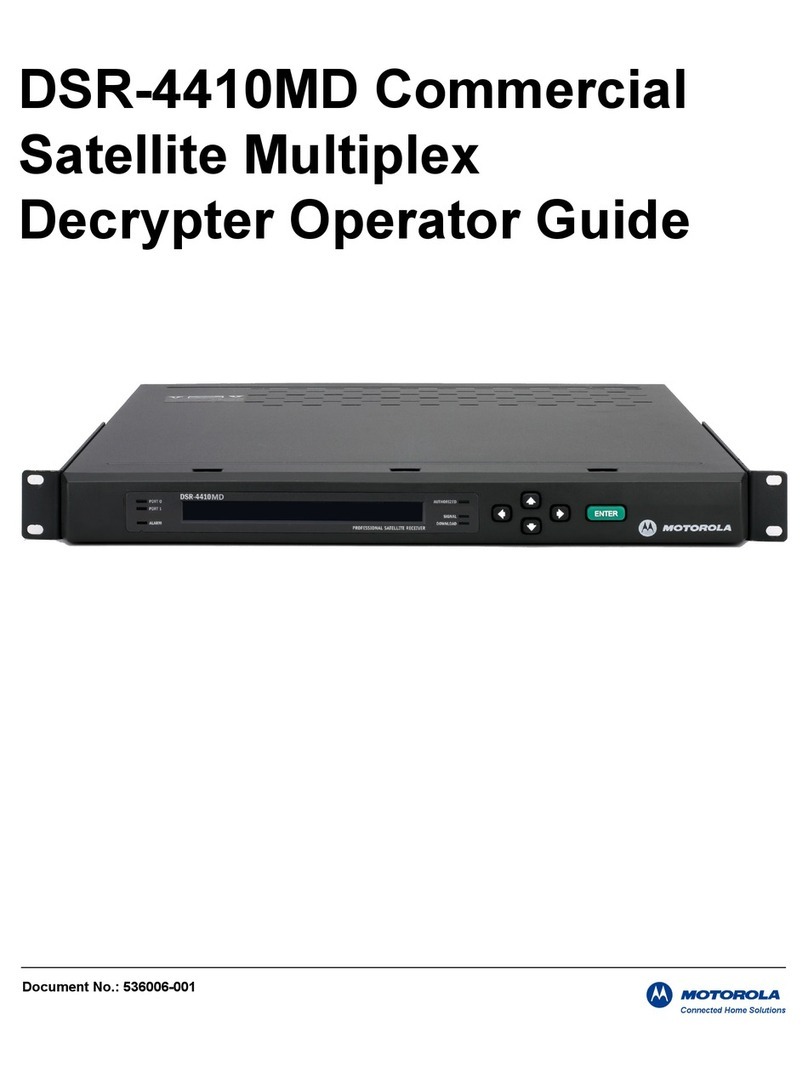
Motorola
Motorola DSR-4410MD Manual

Motorola
Motorola PTP 500 User manual

Motorola
Motorola PTP 58500 User manual
Popular Network Hardware manuals by other brands

Cisco
Cisco CGR 1000 Series Getting connected guide

Matrix Switch Corporation
Matrix Switch Corporation MSC-HD161DEL product manual

National Instruments
National Instruments NI 653x user manual

B&B Electronics
B&B Electronics ZXT9-IO-222R2 product manual

Yudor
Yudor YDS-16 user manual

D-Link
D-Link ShareCenter DNS-320L datasheet



